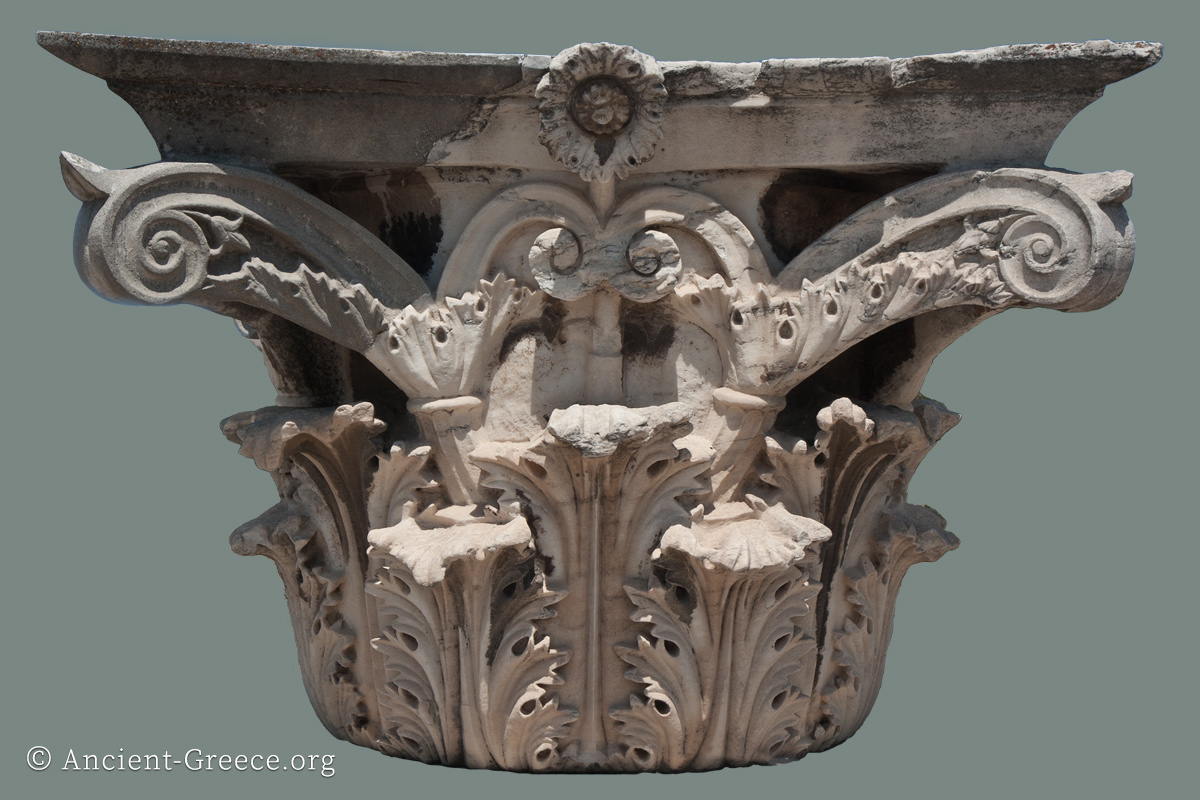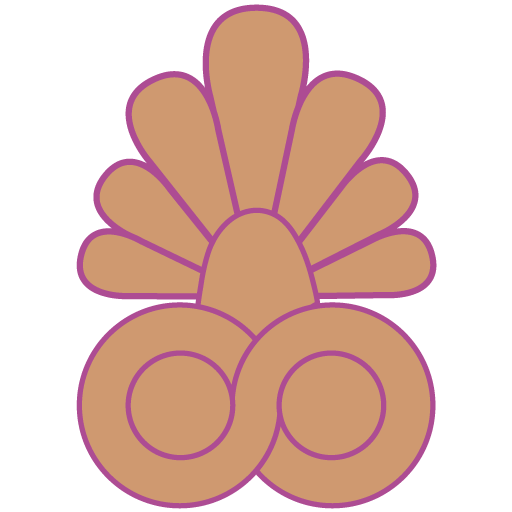Athens
-
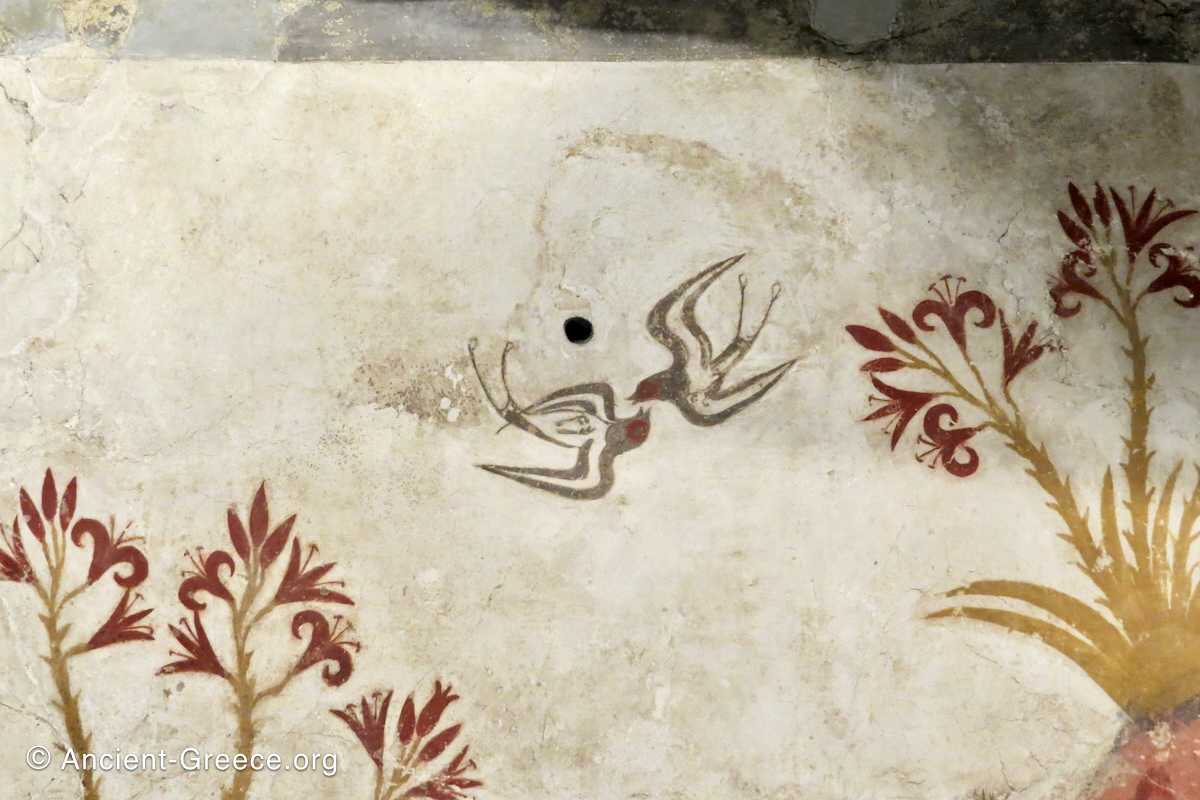
National Archaeological Museum in Athens: Stone and Bronze Age 4000 – 1100 BCE
Read more: National Archaeological Museum in Athens: Stone and Bronze Age 4000 – 1100 BCEThe National Archaeological Museum in Athens exhibits some of the best examples of Neolithic and Bronze Age artifacts from the Aegean and Helladic civilizations found in excavations across the country. Neolithic Era Top row, left to right: Second…
-
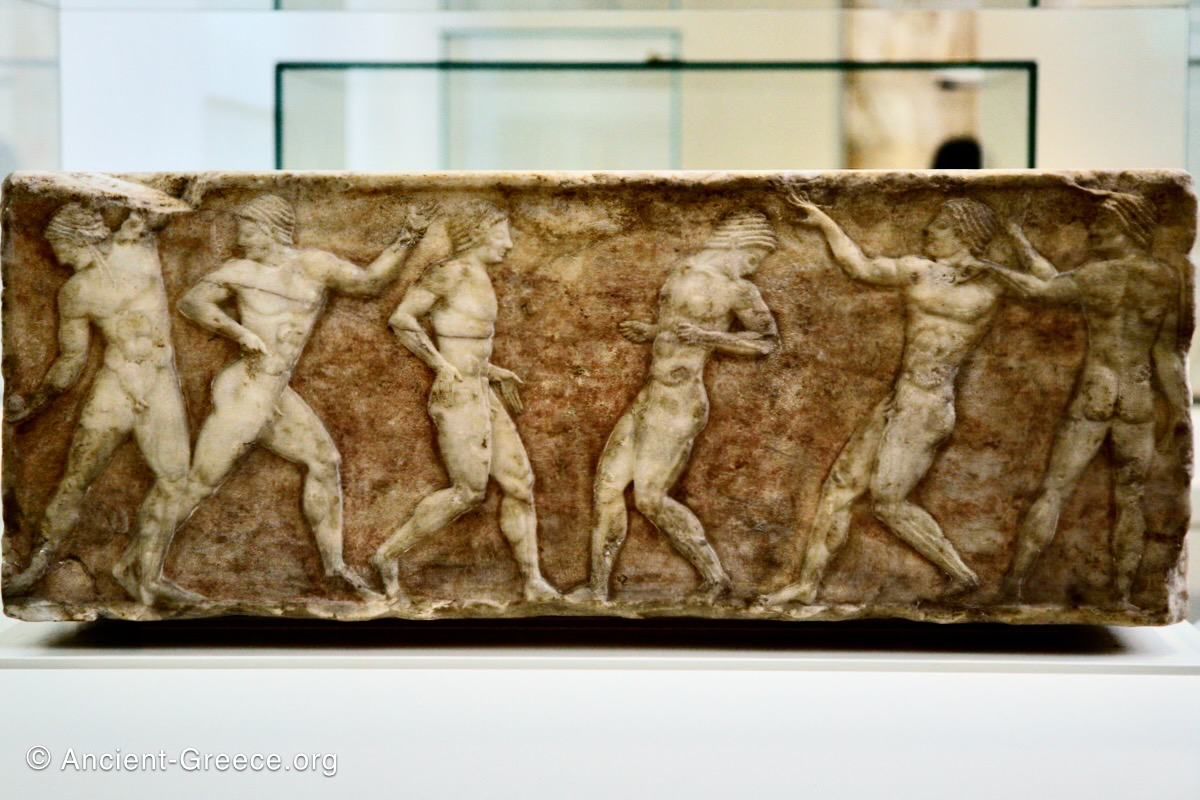
National Archaeological Museum in Athens: Iron and Archaic Ages 1100 – 480 BCE
Read more: National Archaeological Museum in Athens: Iron and Archaic Ages 1100 – 480 BCEThe National Archaeological Museum in Athens is hosts to a plethora of art and artifacts from the Dark Ages, the Geometric and Orientalizing periods, and from the Archaic Era, found in excavations in excavations across the country. While…
-
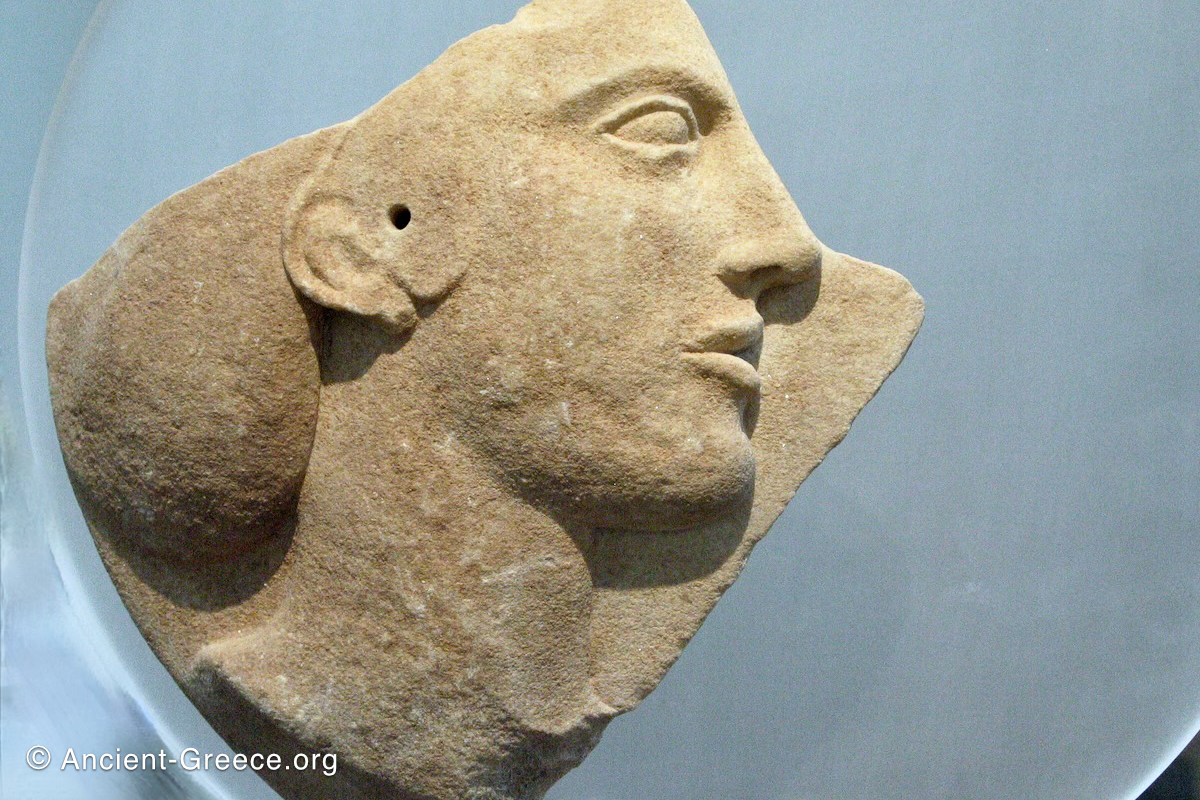
National Archaeological Museum in Athens: Classical 480 – 323 BCE
Read more: National Archaeological Museum in Athens: Classical 480 – 323 BCESome of the best examples of classical Greek art from excavations across the country and beyond are on exhibit at the National Archaeological Museum in Athens. The classical era is associated with the most important characteristics of what…
-
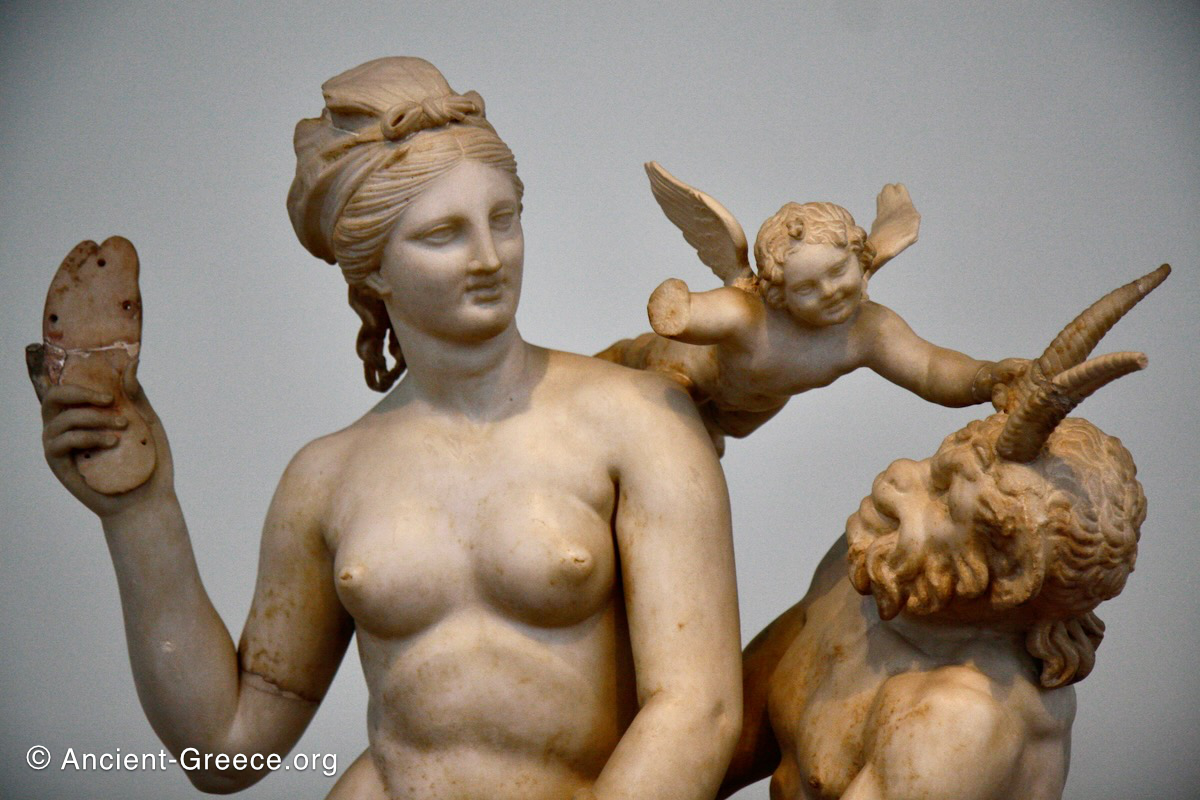
National Archaeological Museum in Athens: Hellenistic, Roman 323 BCE – 200 CE
Read more: National Archaeological Museum in Athens: Hellenistic, Roman 323 BCE – 200 CEHellenistic and Roman art from excavations across the country is represented at the National Archaeological Museum in Athens with a plethora of renown sculptures and artifacts. The Hellenistic age begins with the death of Alexander the Great when…
-
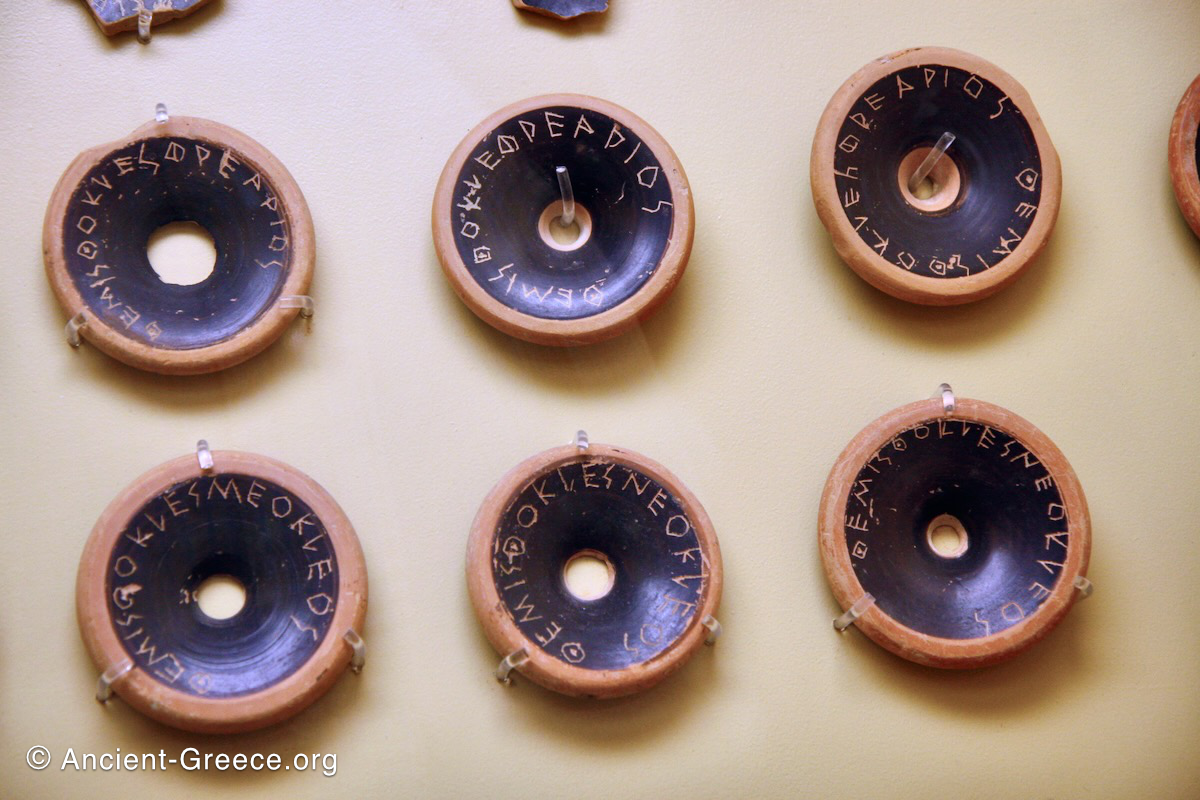
Agora of Athens Museum
Read more: Agora of Athens MuseumThe Archaeological Museum of the ancient Agora of Athens (Αρχαιολογικό Μουσείο Αρχαίας Αγοράς Αθηνών) is hosted in the Hellenistic Stoa of Atallos, inside the archaeological site. The Stoa of Attalos was rebuilt in the 1950’s from the ground…
-
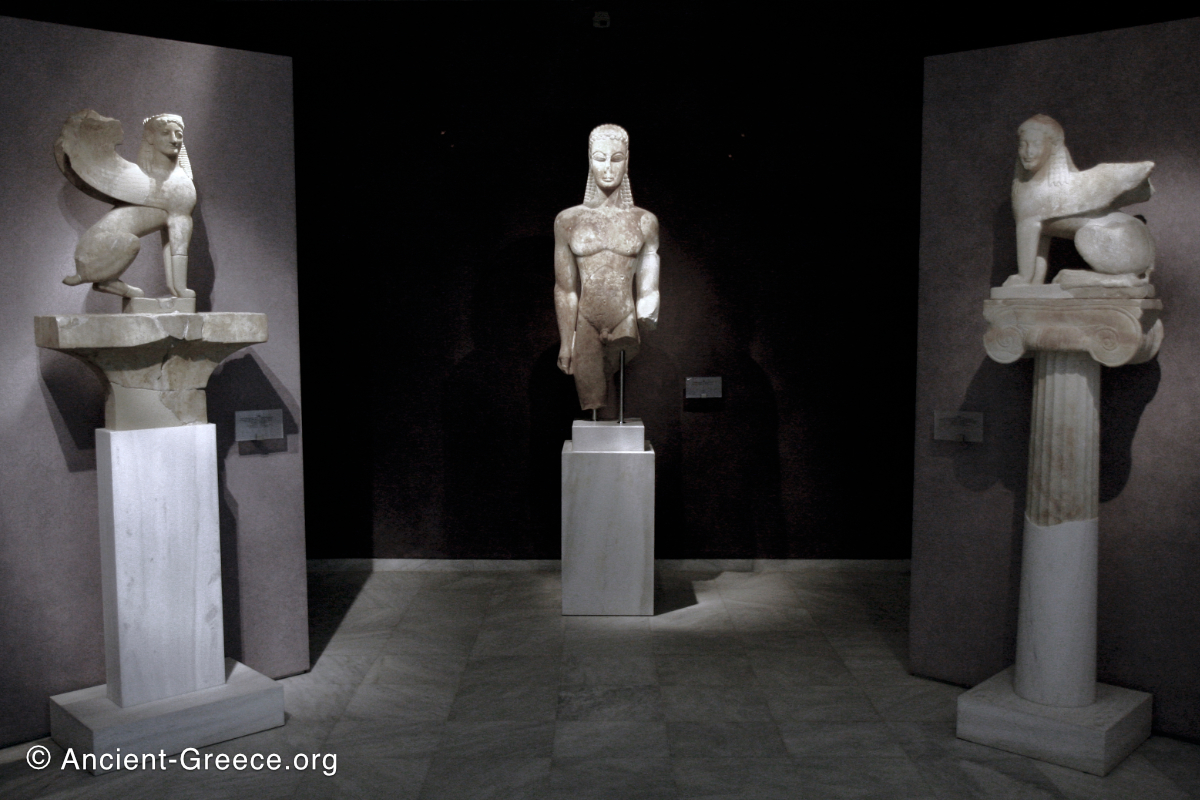
Kerameikos Archaeological Museum
Read more: Kerameikos Archaeological MuseumThe Archaeological Museum of Kerameikos (Αρχαιολογικό Μουσείο Κεραμεικού) is a small museum located inside the Kerameikos archaeological site. Its halls exhibit art and artifacts from this important district of ancient Athens, many any which were found in the…
-
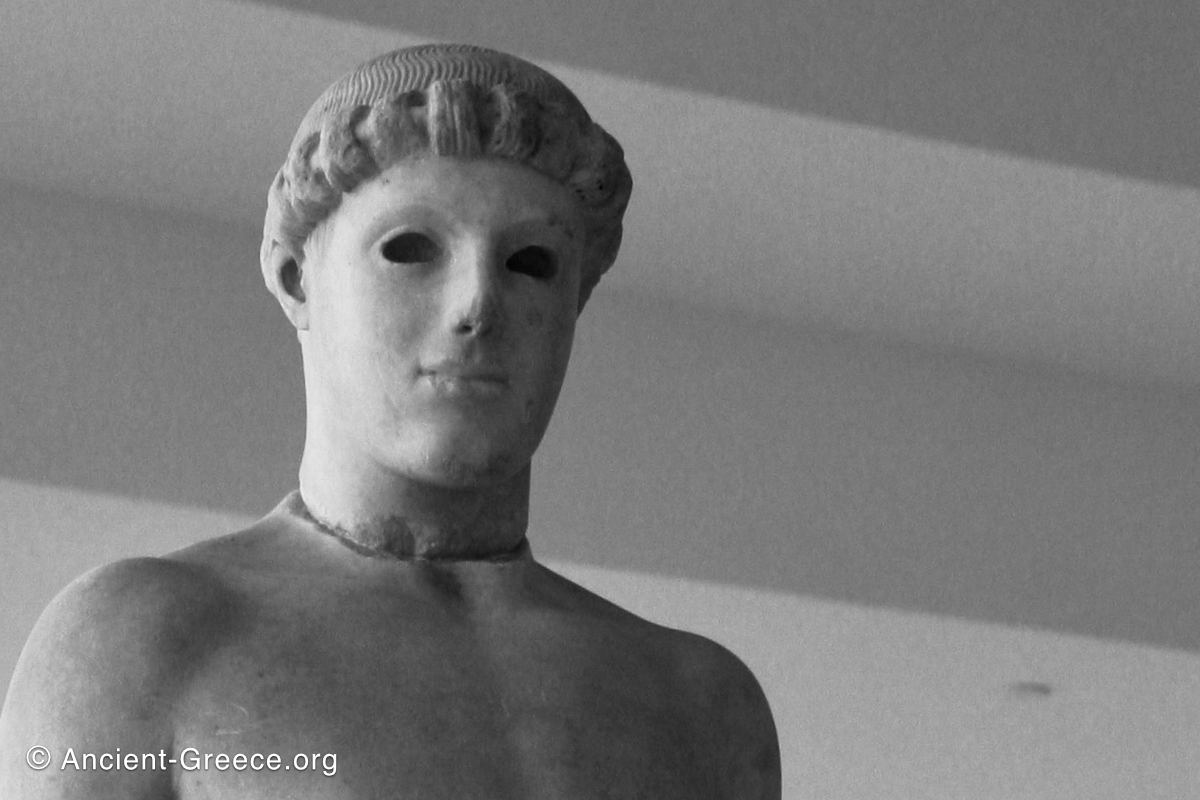
The Kritios Boy Sculpture
Read more: The Kritios Boy SculptureThe Kritios Boy (or Kritian Boy). Marble. 1.17 m (3 ft 10 in) tall. Believed to be the creation of Kritios, the teacher of Myron. Circa 480 BCE. It was found in two parts at the Acropolis of…
-
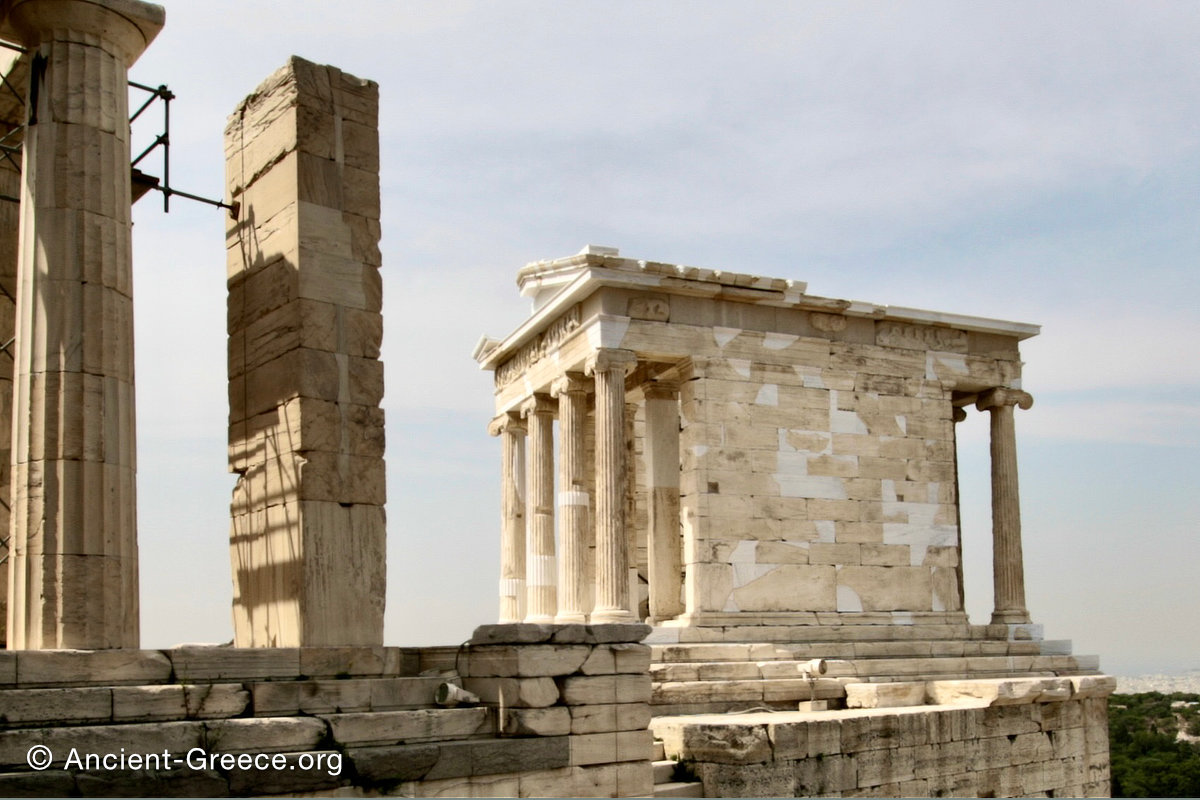
Temple of Athena Nike
Read more: Temple of Athena NikeThe small temple of Athena Nike is perched above the ascent to the Acropolis, and is visible as one approaches the Propylaea. The southwest of the Acropolis plateau, right next to the Propylaia, has been an important location…
-
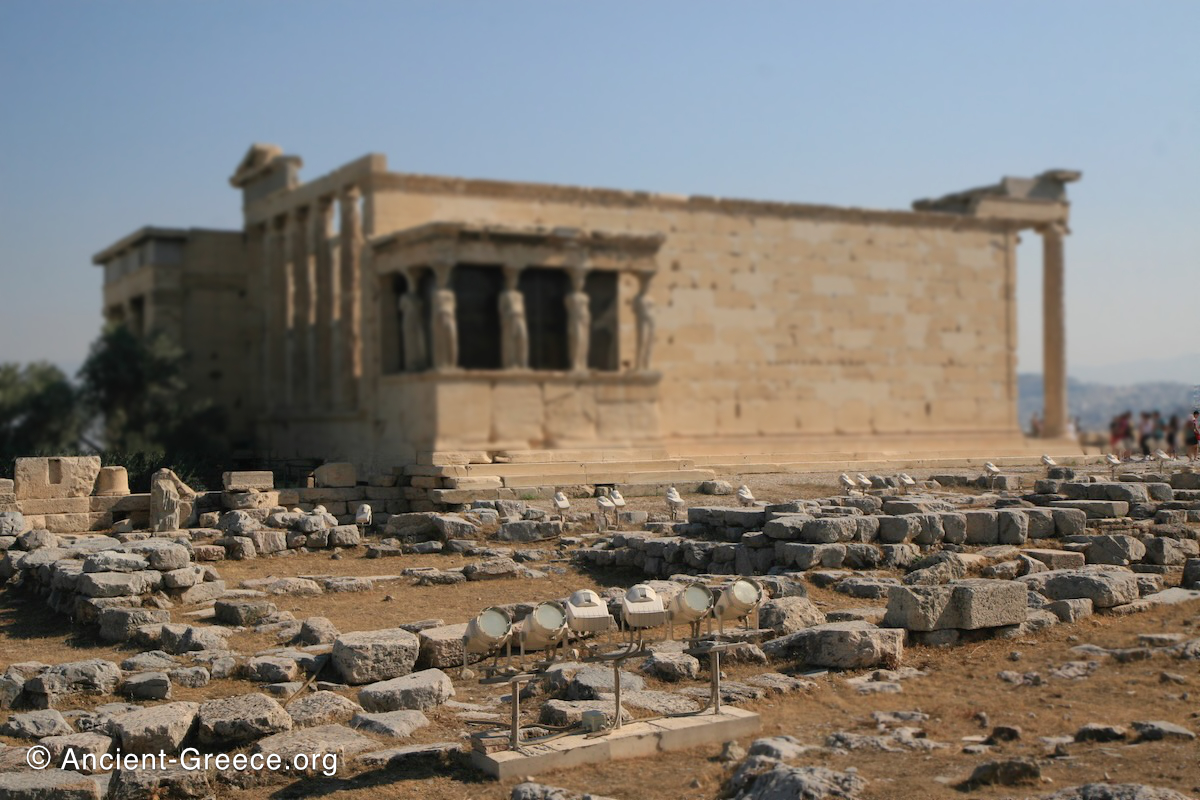
Acropolis: Old Temple
Read more: Acropolis: Old TempleBetween the Parthenon and the Erechtheion a careful observer can make out the foundations of an old temple dating to the 6th century BCE. With time it came to be known as the “Old Temple” for it was…
-
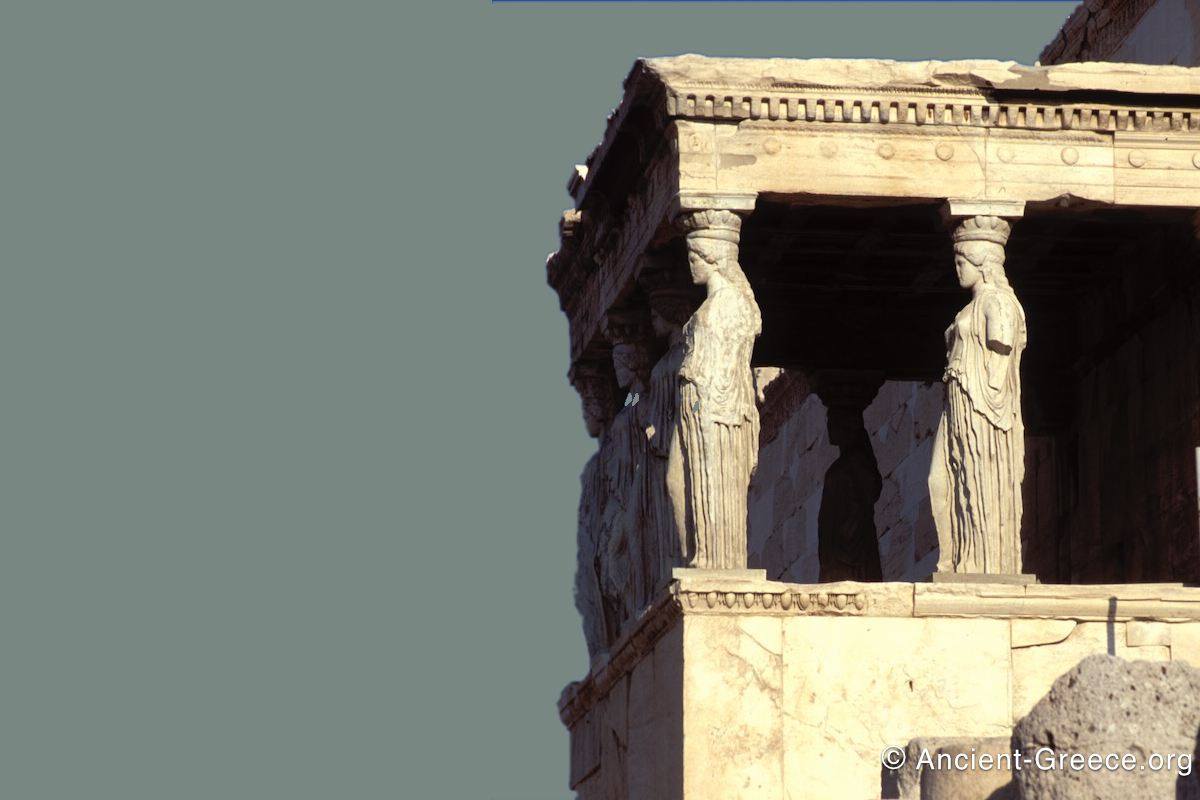
Erechtheion
Read more: ErechtheionWhile the Parthenon was the most imposing temple on the Acropolis, another building, the Erechtheion was built to accommodate the religious rituals that the old temple housed. Construction of the Erechtheion began in the Classical Era while the…
